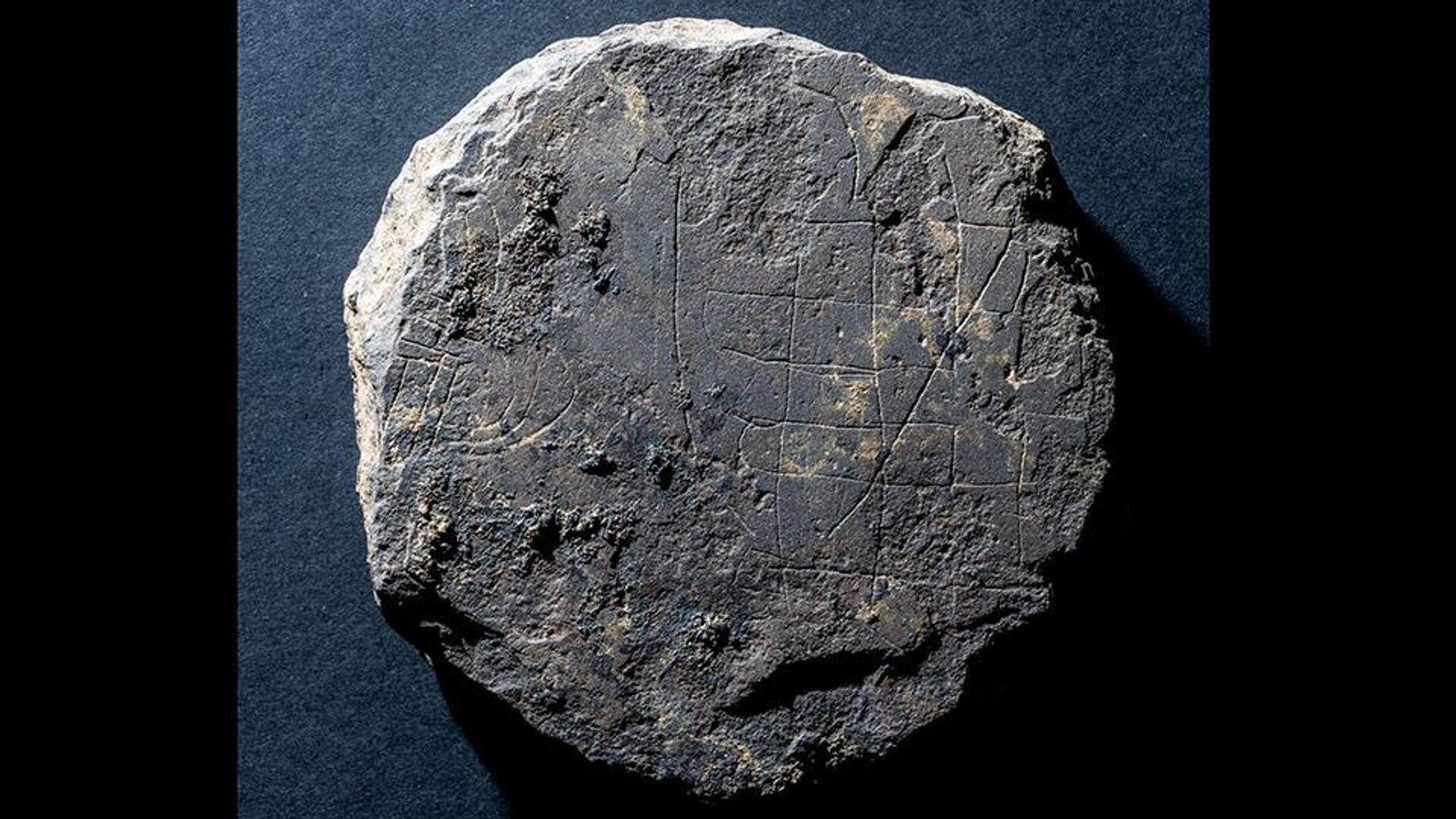https://sputnikglobe.com/20231121/archaeologists-appear-to-solve-mystery-of-long-lost-scottish-monastery-1115119823.html
Archaeologists Appear to Solve Mystery of Long-Lost Scottish Monastery
Archaeologists Appear to Solve Mystery of Long-Lost Scottish Monastery
Sputnik International
A team of archaeologists has located the long-lost Monastery of Deer, which is believed to be the birthplace of the earliest written Scots Gaelic.
2023-11-21T23:27+0000
2023-11-21T23:27+0000
2023-11-21T23:26+0000
beyond politics
science & tech
scotland
ancient treasure
ancient history
https://cdn1.img.sputnikglobe.com/img/07e7/0b/15/1115119665_0:27:960:567_1920x0_80_0_0_8a47e128de7416b3860370b87caec56c.jpg
A team of researchers believe they have identified the remains of the lost Monastery of Deer, just 80 meters away from the ancient site of the Deer Abbey in Scotland.The discovery sheds light on the production of Gaelic entries, or 'addenda,' in the Book of Deer, and their connection to the lost monastery. It's understood that the earliest written Scots Gaelic was constructed at the site.The find was lead by archaeologists Alice Jaspars and Ali Cameron, who also serve as co-directors of the excavation near the ruins of Deer Abbey.The team utilized carbon dating on materials associated with post holes, matching the time period of the book's addenda. Excavations also revealed medieval pottery, glass fragments, a stylus, and hnefatafl boards—a chess-like game from the Middle Ages—all indicative of a monastery complex.The findings were presented in a lecture to the Society of Antiquaries of Scotland and featured in a documentary.Jaspars has noted that the material record from monasteries in this period is scarce, making these findings crucial for academic understanding. The team plans to publish their results in an academic journal in the coming months, further enriching our knowledge of Scottish history and the cultural significance of the Monastery of Deer.
scotland
Sputnik International
feedback@sputniknews.com
+74956456601
MIA „Rossiya Segodnya“
2023
News
en_EN
Sputnik International
feedback@sputniknews.com
+74956456601
MIA „Rossiya Segodnya“
Sputnik International
feedback@sputniknews.com
+74956456601
MIA „Rossiya Segodnya“
monastery of deer, scots gaelic, the historic book of deer, what is the oldest gaelic, alice jaspars, ali cameron, book of deer project
monastery of deer, scots gaelic, the historic book of deer, what is the oldest gaelic, alice jaspars, ali cameron, book of deer project
Archaeologists Appear to Solve Mystery of Long-Lost Scottish Monastery
The site is believed to be the birthplace of the earliest written Scots Gaelic, found in the margins of the historic Book of Deer. The book, a pocket gospel book dating back to between 850 AD and 1000 AD, contains Gaelic land grants and has long been a subject of speculation among academics.
A team of researchers believe they have identified the remains of the lost Monastery of Deer, just 80 meters away from the ancient site of the Deer Abbey in Scotland.
The discovery sheds light on the production of Gaelic entries, or 'addenda,' in the Book of Deer, and their connection to the lost monastery. It's understood that the earliest written Scots Gaelic was constructed at the site.
The find was lead by archaeologists Alice Jaspars and Ali Cameron, who also serve as co-directors of the excavation near the ruins of Deer Abbey.
"These addenda include reference to the foundation of the monastery, alongside other land grants in the Northeast of Scotland. It is now our belief that in our 2022 excavation, we found the lost monastery where these were written," says Jaspars.
The team utilized carbon dating on materials associated with post holes, matching the time period of the book's addenda. Excavations also revealed medieval pottery, glass fragments, a stylus, and hnefatafl boards—a chess-like game from the Middle Ages—all indicative of a monastery complex.
The findings were presented in a lecture to the Society of Antiquaries of Scotland and featured in a documentary.
The Book of Deer, a vital manuscript in Scottish history, holds the earliest surviving Scots Gaelic. The discovery of the monastery provides valuable insights into the production of the book and medieval monastic life.
The research, supported by the National Lottery Heritage Fund, Book of Deer Project, and ongoing since 2009, aims to contribute to academic understanding and the future care of the Book of Deer.
Jaspars has noted that the material record from monasteries in this period is scarce, making these findings crucial for academic understanding.
The team plans to publish their results in an academic journal in the coming months, further enriching our knowledge of Scottish history and the cultural significance of the Monastery of Deer.


